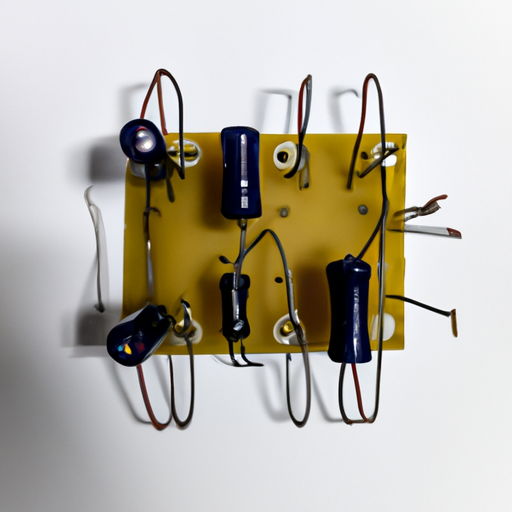A bridge rectifier is an electrical circuit that converts alternating current (AC) to direct current (DC). It is a crucial component in many electronic devices and power supplies, as it allows for the efficient conversion of AC power to DC power. In this article, we will explore the workings of a bridge rectifier, its applications, advantages, and disadvantages.

The operation of a bridge rectifier can be understood by considering the positive and negative half-cycles of the input AC signal. During the positive half-cycle, diodes D1 and D2 conduct, allowing current to flow through the load in the forward direction. At the same time, diodes D3 and D4 are reverse-biased and do not conduct. This results in a positive voltage across the load.
During the negative half-cycle, diodes D3 and D4 conduct, while diodes D1 and D2 are reverse-biased. This allows current to flow through the load in the opposite direction, resulting in a negative voltage across the load. The output voltage of the bridge rectifier is the sum of these positive and negative half-cycles, resulting in a pulsating DC voltage.
One of the key advantages of a bridge rectifier is its efficiency in converting AC power to DC power. The use of four diodes in a bridge configuration allows for full-wave rectification, which means that both the positive and negative half-cycles of the input AC signal are utilized. This results in a smoother output voltage compared to half-wave rectification, where only one half-cycle is used.
Another advantage of a bridge rectifier is its simplicity and cost-effectiveness. The circuit consists of only four diodes and a load resistor, making it easy to implement in various electronic devices and power supplies. Additionally, bridge rectifiers are widely available and can be easily purchased from electronic component suppliers.
Despite its advantages, a bridge rectifier also has some limitations. One of the main drawbacks is the presence of ripple in the output voltage. The pulsating nature of the output voltage can lead to fluctuations in the DC voltage, which may not be suitable for sensitive electronic devices. To reduce ripple, additional filtering components such as capacitors can be added to the circuit.
Another limitation of a bridge rectifier is its voltage drop across the diodes. Each diode in the circuit introduces a voltage drop of around 0.7 volts, which can reduce the overall efficiency of the rectification process. This voltage drop can also lead to power losses and heat generation in the diodes, requiring proper heat dissipation measures.
In conclusion, a bridge rectifier is an essential component in many electronic devices and power supplies. Its ability to efficiently convert AC power to DC power makes it a versatile and cost-effective solution for various applications. While it has some limitations such as ripple and voltage drop, these can be mitigated through proper design and implementation. Overall, the bridge rectifier remains a reliable and widely used circuit for converting AC to DC power.